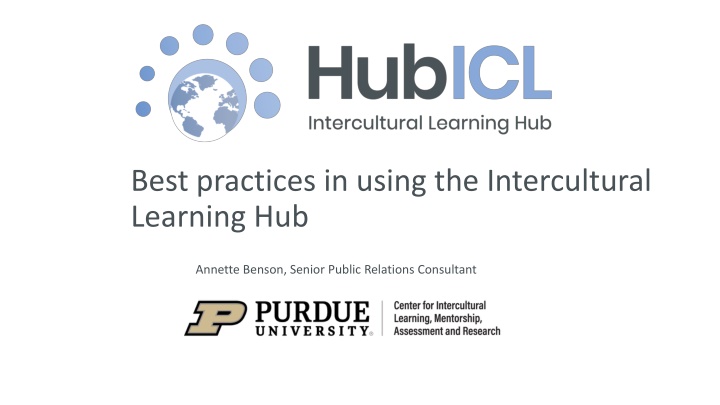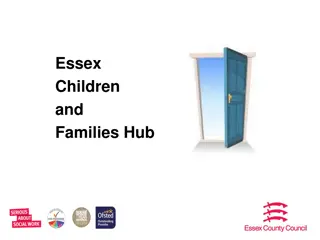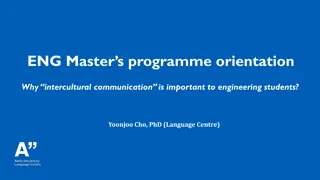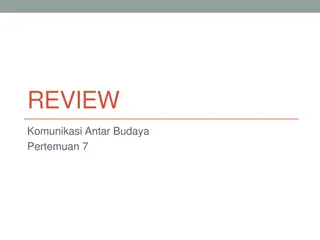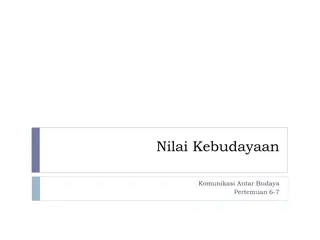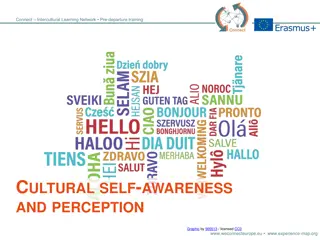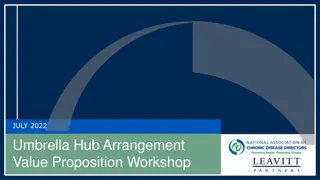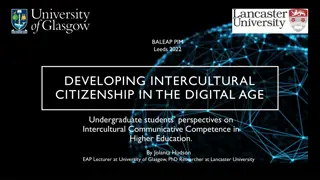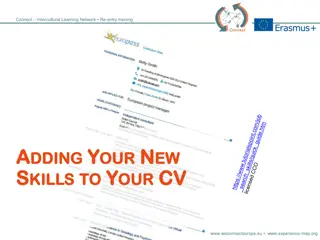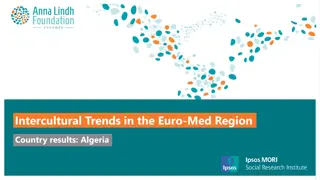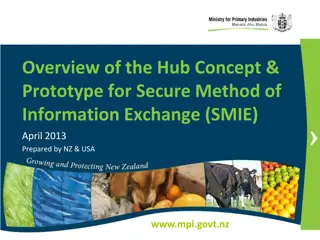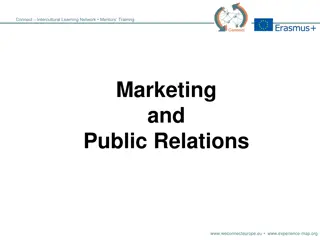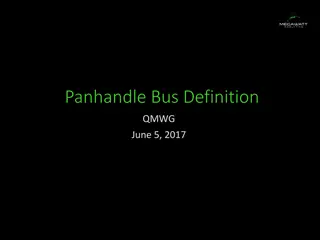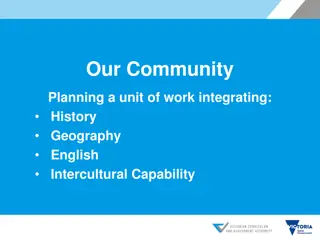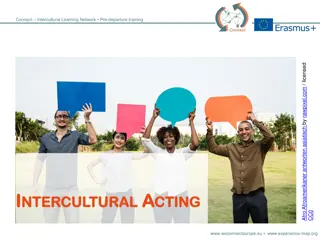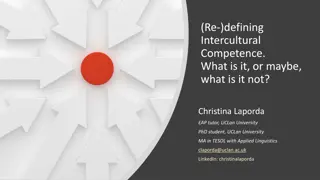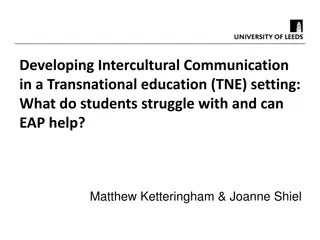Best Practices in Using Intercultural Learning Hub
Effective strategies for utilizing the Intercultural Learning Hub to enhance intercultural communication skills and address sensitive issues in a respectful manner. Learn how to create an account, navigate the Toolbox, and search for activities promoting intercultural understanding and good communication practices.
Download Presentation

Please find below an Image/Link to download the presentation.
The content on the website is provided AS IS for your information and personal use only. It may not be sold, licensed, or shared on other websites without obtaining consent from the author.If you encounter any issues during the download, it is possible that the publisher has removed the file from their server.
You are allowed to download the files provided on this website for personal or commercial use, subject to the condition that they are used lawfully. All files are the property of their respective owners.
The content on the website is provided AS IS for your information and personal use only. It may not be sold, licensed, or shared on other websites without obtaining consent from the author.
E N D
Presentation Transcript
Best practices in using the Intercultural Learning Hub Annette Benson, Senior Public Relations Consultant
If you do not have a HubICL account, please do the following: Make sure that you record your username and password for later use. Go to hubicl.org /register. Answer the prompts. New in 2024: An account will no longer be needed to use HubICL contents. Confirm your email address in the email which you receive from hubicl.org. If you have a HubICL account, please log in.
What do we want to look for in the HubICL today? Our scenario: In the beginning your students didn t seem to have much curiosity about one another. They ve developed some intercultural curiosity and are willing to ask questions about one another s background, culture, etc. But now it seems like they are almost too willing. Some of the questions are coming across as insensitive, ineffective, and some are just downright inappropriate. How would you search in the HubICL for an activity that might proactively address this problem without squashing the gains your group has made?
Please go to the HubICL Toolbox. Using the top menu, go to Discover and then scroll down to Digital Toolbox. Navigate to hubicl.org/toolbox/ OR
Lets begin inputting what we want out of an activity. We know that we want something that addresses how to ask interculturally good questions. Asking questions will, by definition, fall under Curiosity on the AAC&U Intercultural Knowledge and Competence VALUE Rubric, so let s start at the bottom of the Search menu and work upward.
Lets begin inputting what we want out of an activity. We know that we also want to teach good Communication practices, so let s add a check mark for Communication in the AAC&U Outcomes in the menu.
Yikes! 74 Choices of Activities!
Lets increase our search parameters: Since our class already works in teams, we want to continue using those same teams during this exercise, so we want to break our class into Small Groups. We don t want to buy a proprietary instrument just something we already have the materials to do on our own, so No External Cost. The outcome of this is really important to the class. Let s give it as much time as it takes to really work through it 90-120 minutes. We are looking for something Experiential. Whether or not students move around the classroom is not important one way or the other, so let s leave Kinesthetic blank. Click Search again.
Only 5 results this time, and one of the Search results has a book icon included. The book icon indicates that this activity includes a complete lesson plan (and probably other things to make lesson planning easier).
Some class members in our scenario seem to give the impression that they think their culture is superior to others and slip into microaggression. Let s go over to Tags and see what else we can find that we might be interested in, particularly cultural humility and microaggressions.
Can you believe it? The only thing that comes up is Questions Across Cultures, hubicl.org/toolbox/tools/886!
Lets take a look at what Questions Across Cultures, #886, has to offer:
That second learning objective seems to really get at what we are trying to do.
Please read through the materialsLesson Plan, Handout, PowerPoint offered in the Downloads for Questions Across Cultures.
Like what you see? 1 2 3 Use anything that you see at no cost. Replace the HubICL branding with your own branding if you like. (It s just there to remind you where you got the materials.) No need to reference the HubICL in any way. We play the same role as a library.
Want to see more choices? There were 4 other choices that arose from our search: 1. Advertisements of Our Own comes from the Teaching Tolerance website and requires an account to use it. 2. Intercultural Learning Competences and Values, Morals and Emotions are in a free-to-use workbook published online by SALTO-YOUTH. 3. Story Circles was created by Dr. Darla Deardorff for UNESCO (need we say more?)
Still not quite what you were hoping for? It may be time to change your Search parameters in the left menu at hubicl.org/toolbox/tools/ You can also add more Tags to your Search at hubicl.org/tags
